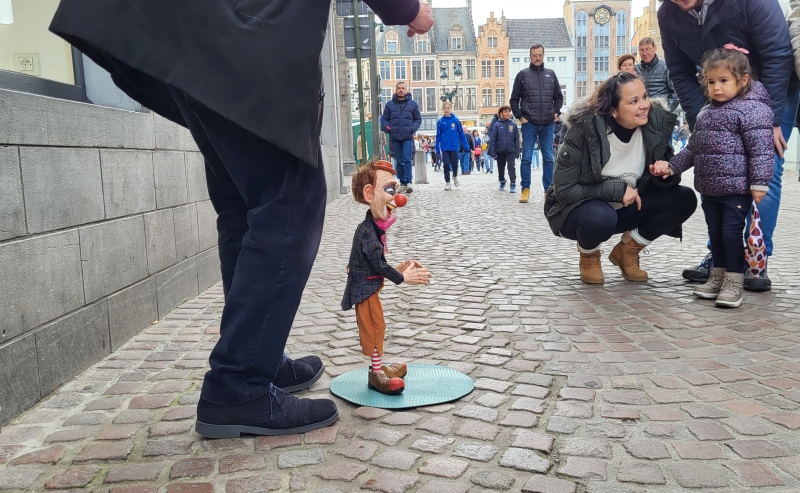In my practice, I’ve often asked clients about the image of the organization they have in mind. It’s a way to understand how the person perceives his environment. And addressing it as an image instead of asking for explanations helps to see what the other sees.
While everyone will interpret an image differently, it often is a way that allows one to see and discuss something one would never have thought asking about. An image creates space for curiosity and inquiries into the unknown. Words and explanations don’t do that, they often lead to a sense of knowing that isn’t questioned. It’s because words don’t have a visible form and the difference in interpretation passes by unnoticed.
Being aware of the image then becomes an opportunity to see how it relates to reality.
This isn’t about correcting the image itself. It is about creating a space within which a conversation with the client enables him to adapt the image he sees.
Sometimes it requires learning about concepts one doesn’t know, shifting the perspective slightly, reviewing ideas one has, or being confronted with the image others hold.
The coach cannot change the image. He can only help the coachee understand it differently.
However, if it is the coach who suggests an image, the coachee can take it to see if it applies but will find himself slightly limited and oriented by this image. This is not an invitation to avoid doing it. Proposing an image can be helpful, even more so if one keeps in mind that doing so has its limits as it focuses thoughts on one possible image.
When images appear and can be used, they say more than words can. But, they require words to do some of the decoding.


